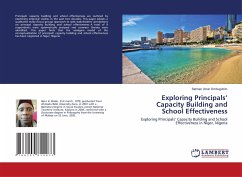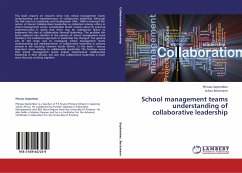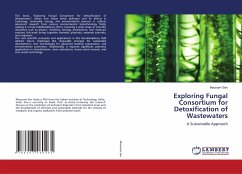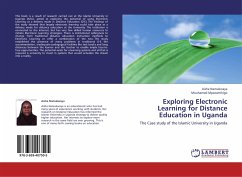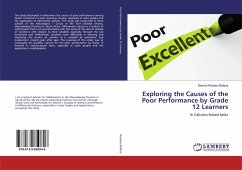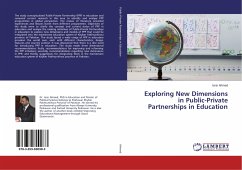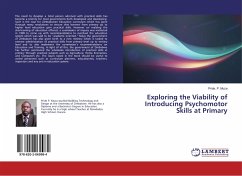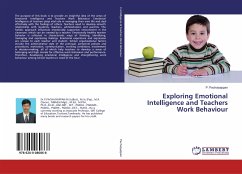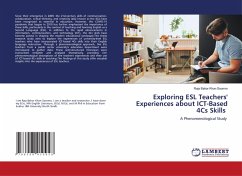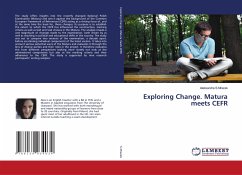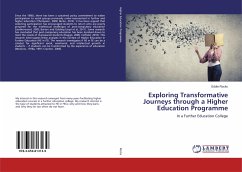
Exploring Transformative Journeys through a Higher Education Programme
In a Further Education College
Versandkostenfrei!
Versandfertig in 6-10 Tagen
47,99 €
inkl. MwSt.

PAYBACK Punkte
24 °P sammeln!
Since the 1960s, there has been a sustained policy commitment to widen participation to social groups previously under-represented in further and higher education (Thompson, 2000; Burke, 2012). It has been argued that widening participation has encouraged students to return who are poorly prepared for the intellectual challenges of post-compulsory education (Leatherwood, 2005; Burton and Golding Lloyd et al, 2011). Some research has concluded that post-compulsory education has been dumbed down to meet the needs of ill-prepared students (Haggis, 2006; Coffield, 2010). This research interrogates...
Since the 1960s, there has been a sustained policy commitment to widen participation to social groups previously under-represented in further and higher education (Thompson, 2000; Burke, 2012). It has been argued that widening participation has encouraged students to return who are poorly prepared for the intellectual challenges of post-compulsory education (Leatherwood, 2005; Burton and Golding Lloyd et al, 2011). Some research has concluded that post-compulsory education has been dumbed down to meet the needs of ill-prepared students (Haggis, 2006; Coffield, 2010). This research interrogates these analyses in the context of Higher Education in Further Education (HE in FE). The research investigates if HE in FE can be a catalyst for significant social, emotional, and intellectual growth in students - if students can be transformed by the experience of education (Mezirow, 1978a, 1991; Cranton, 2006).



